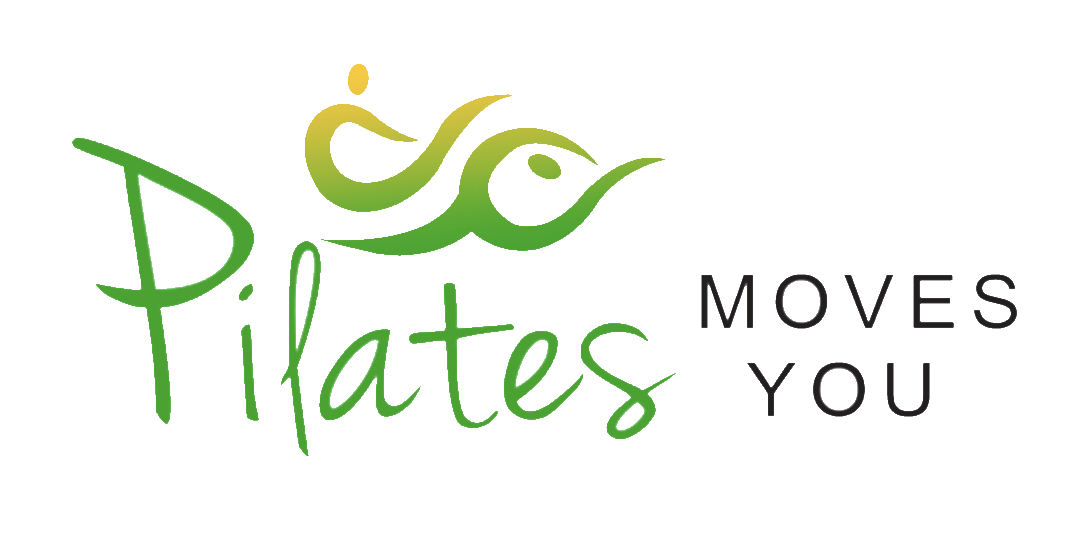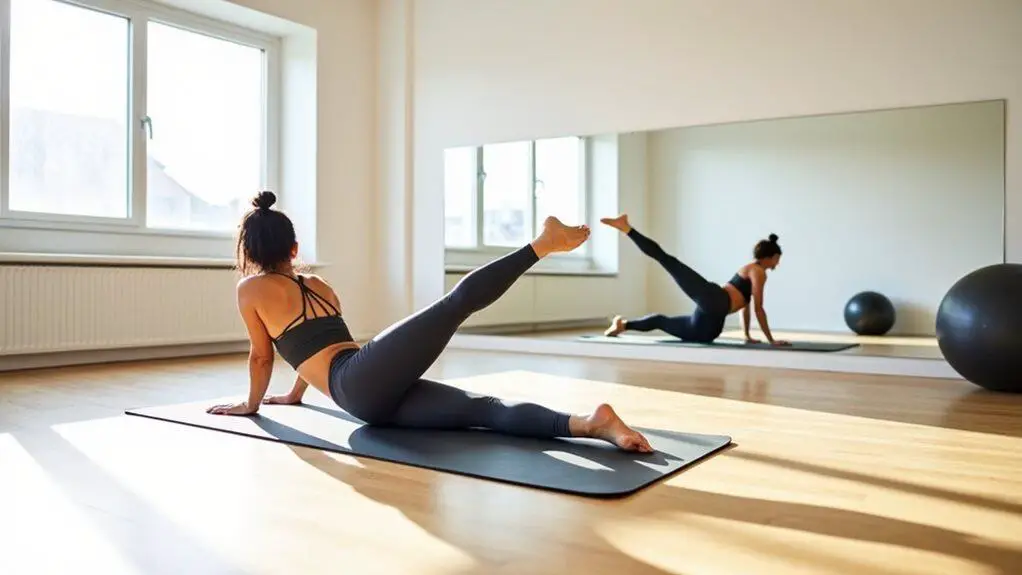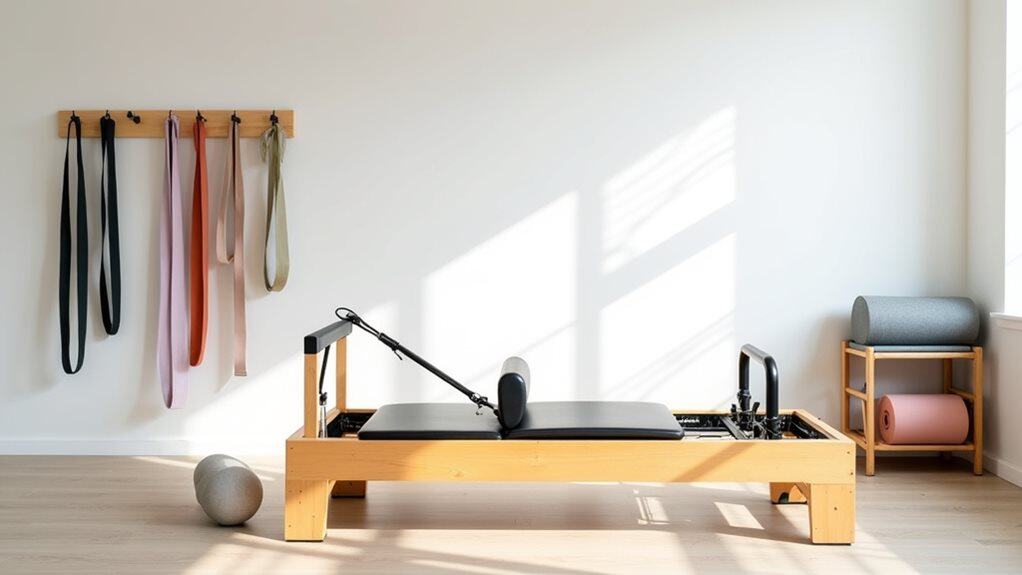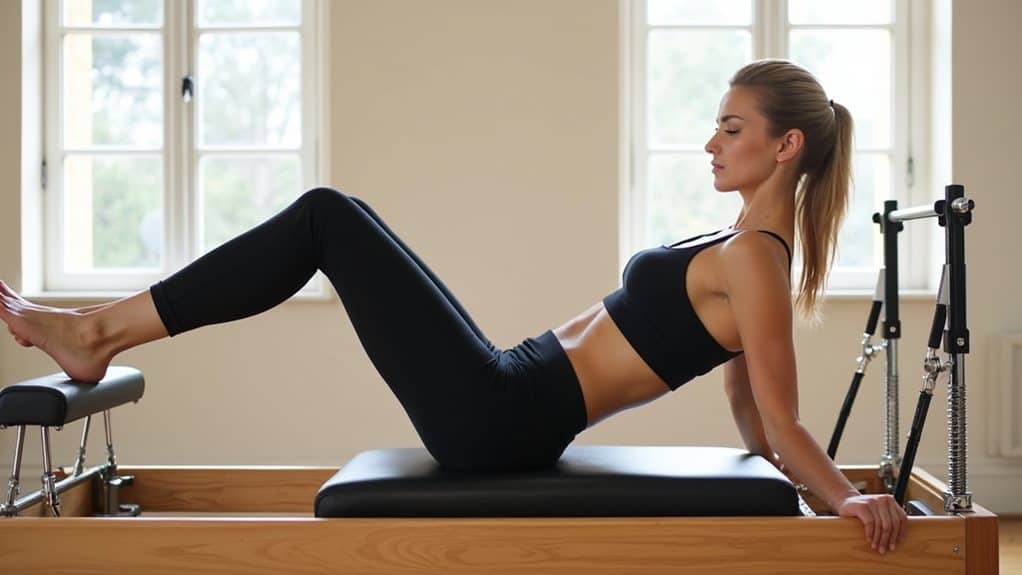Regarding the complex network of muscles in the human body, few are as intriguing and often misunderstood as the psoas and hip flexor. While these terms are often used interchangeably, they refer to distinct muscles with unique roles and functions.
Understanding the differences between the psoas and hip flexor is crucial for anatomical comprehension and for addressing issues related to movement, posture, and overall musculoskeletal health. In this article, we delve into the intricacies of these muscles, unraveling their dissimilarities, functions, and the pivotal roles they play in our daily lives.
Introduction to Psoas and Hip Flexor Muscles
The psoas muscles, often called the “fight or flight” muscles, are deeply located within the body and constitute a significant part of the hip flexor group. These muscles attach to the lumbar spine and stretch to the femur (thigh bone), crossing several important structures.
They play a crucial role in our body movements, especially those involving the hip and lower back. Their primary function is to flex the hip, which means they are actively involved in movements such as walking, running, and even standing up from a sitting position.
As the name suggests, the hip flexors are a group of muscles that work together to flex the hip joint, pulling the thigh and trunk toward each other. This muscle group comprises the psoas major, iliacus, rectus femoris, pectineus, and sartorius.
Their collective action allows us to execute various movements, including those necessary for daily activities like climbing stairs and bending down and more strenuous physical activities like dancing or playing soccer. Due to their continuous use, these muscles can become tight and overworked, often leading to lower back pain and hip discomfort.
Anatomy of Psoas Major and Iliacus muscles
The psoas major and iliacus are two major muscles in the lower back and pelvis that form the iliopsoas muscle group, which is critical for hip flexion and overall stability and movement.
The psoas major originates from the transverse processes (lateral protrusions) and bodies of the lumbar vertebrae (the lower back) from T12 to L5. It then runs downward and forward, crossing the pelvic brim’s outer edge to reach the femur’s lesser trochanter (the upper inner thigh bone). This trajectory means the psoas major functions as a hip flexor and a lumbar spine stabilizer. It’s one of the only muscles that connect the spine to the leg.
The iliacus muscle, on the other hand, has its origins in the upper two-thirds of the iliac fossa, the inside surface of the hip bone, and the region of the sacroiliac and iliolumbar ligaments. From there, it travels down and merges with the psoas major, sharing a common insertion point at the lesser trochanter of the femur. The iliacus is primarily responsible for hip flexion and aids in the lateral rotation of the hip.
The psoas major and iliacus, commonly called the iliopsoas, provide stability to the lower back and are crucial for many daily movements and activities, such as walking, running, and standing up. The iliopsoas muscle group is the strongest group of muscles in hip flexion.
Functions of Psoas Major and Iliacus muscles
The psoas major and iliacus muscles, referred to as the iliopsoas, are primarily responsible for flexing the hip joint. They’re essential for many daily movements and activities. Here’s a closer look at their specific functions:
Psoas Major
As one of the few muscles connecting the spine to the leg, the psoas major is a key player in various movements and actions. It plays a primary role in flexing the hip joint, enabling actions like lifting your upper leg towards your body. It also assists in the external rotation of the hip.
When the thigh is fixed (as during standing or walking), contraction of the psoas major can flex the trunk, assisting in postural stability. Moreover, it’s involved in lateral flexion of the lumbar spine, helping you to bend sideways at the waist. The psoas major also plays a role in maintaining proper posture and stabilizing the spine.
Iliacus
Like the psoas major, the iliacus is crucial for hip flexion. When it contracts, it pulls the hip bone forward, flexing the hip and allowing you to draw your knee upward. It also assists with the external rotation of the thigh. When you’re seated, the iliacus aids in tilting the pelvis forward. This function is important in maintaining balance while sitting and assisting in trunk movements.
The psoas major and iliacus are involved in various movements, from walking and running to standing up from a seated position. They also stabilize the lower spine, supporting the body’s posture. Dysfunction or tightness in these muscles can lead to lower back pain, hip pain, and postural problems.
Differences between Psoas Major and Iliacus muscles
The psoas major and iliacus muscles, despite working together as the iliopsoas to execute hip flexion, have some distinct differences. Here are a few key contrasts:
Origin and Insertion
The psoas major originates from the transverse processes and bodies of the lumbar vertebrae from T12 to L5. It extends down, crosses the pelvis, and inserts onto the lesser trochanter of the femur. This unique trajectory enables it to bridge the spine and the leg, contributing to the lower back and hip movements.
The iliacus, the other hand, originates from the iliac fossa, the inner surface of the hip bone. It joins the psoas major to share a common insertion point at the lesser trochanter of the femur. The iliacus is firmly attached to the hip bone, which differentiates its functions slightly from those of the psoas major.
Function
While both muscles are key players in hip flexion, the psoas major also contributes significantly to the stability and flexibility of the spine. Given its attachment to the lumbar vertebrae, it helps maintain the lower back’s curve and can contribute to lateral flexion of the lumbar spine. It’s also involved in the external rotation of the hip.
The iliacus primarily focuses on hip flexion and external rotation of the hip, and due to its close relationship with the hip bone, it aids in tilting the pelvis forward when seated.
Size and Shape
The psoas major is a long, thick muscle that runs vertically along the lower spine and across the pelvis. In contrast, the iliacus muscle is fan-shaped and covers a larger, flatter area inside the hip bone.
Although different in these aspects, it’s important to note that the psoas major and iliacus are intricately connected in their functions, and issues with one often impact the other, especially in cases of muscle imbalance or injury.
Is Pilates Good For Psoas?
Pilates can indeed be beneficial for the psoas muscle. The exercise regimen of Pilates focuses on core strength, flexibility, and mindful movement, all of which directly benefit the health and function of the psoas.
Here’s why Pilates is good for the psoas:
- Strengthens the Core: The psoas is a key part of your core, connecting the spine to the legs. Pilates exercises strengthen the entire core, which includes the psoas. A stronger core results in a more supportive psoas, which can improve posture, balance, and stability.
- Improves Flexibility: Pilates also promotes flexibility, which can help lengthen tight psoas. This is particularly important because tight psoas can lead to lower back pain and hip problems.
- Promotes Mindful Movement: Pilates encourages intentional, controlled movements, which can increase your awareness of how your body moves. This mindfulness can help you identify if you’re using your psoas properly and allow you to correct any imbalances or overuse.
- Balances Muscles: Pilates aims to balance the strength and flexibility of opposing muscle groups. Doing so can help balance the psoas with its opposing muscles, like the glutes and the muscles of the lower back, potentially reducing the risk of injury.
- Individualized Approach: Pilates can be modified to suit individual needs. If a person has a specific issue with the psoas, exercises can be tailored to address this.
Is Pilates Good For Hip Flexor?
Yes, Pilates can indeed be beneficial for your hip flexors. This system of exercises focuses not just on strength but also on flexibility, balance, and body awareness – all of which can contribute to healthier hip flexors. Here’s how:
- Strengthens Hip Flexors: Pilates involves various exercises that can strengthen your hip flexors, including the psoas and iliacus. A strong hip flexor group can enhance your overall mobility and stability.
- Increases Flexibility: Tight hip flexors can lead to issues like lower back pain and hip discomfort. Pilates exercises often incorporate stretches that increase the flexibility of your hip flexors, which can prevent tightness and improve your range of motion.
- Improves Balance: Pilates promotes balance among different muscle groups. For example, it can help ensure your hip flexors and extensors (the muscles on the opposite side of your hip joint) are equally strong and flexible, reducing the risk of injury.
- Enhances Body Awareness: Pilates encourages you to move with control and precision, which can increase your awareness of your body’s movements and alignment. This can help you use your hip flexors more efficiently and avoid overuse or strain.
- Individualized Approach: As with the psoas, Pilates can be adapted to address specific issues with the hip flexors. Exercises can be modified or selected to target this area specifically if needed.
Sources:
- https://www.physio-pedia.com/Hip_Flexors
- https://www.yogateket.com/blog/hip-flexor-psoas-and-yoga
- https://www.ncbi.nlm.nih.gov/pmc/articles/PMC3082678/
- https://www.youtube.com/watch?v=H57_T0Sv7rA
- https://my.clevelandclinic.org/health/diseases/15721-psoas-syndrome
- https://www.physio-pedia.com/Hip_Flexors




